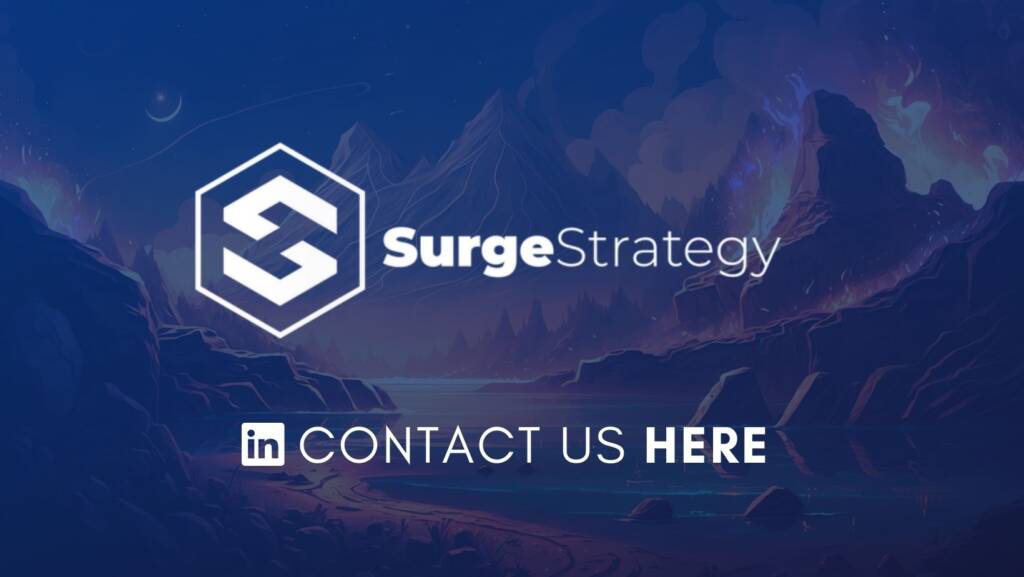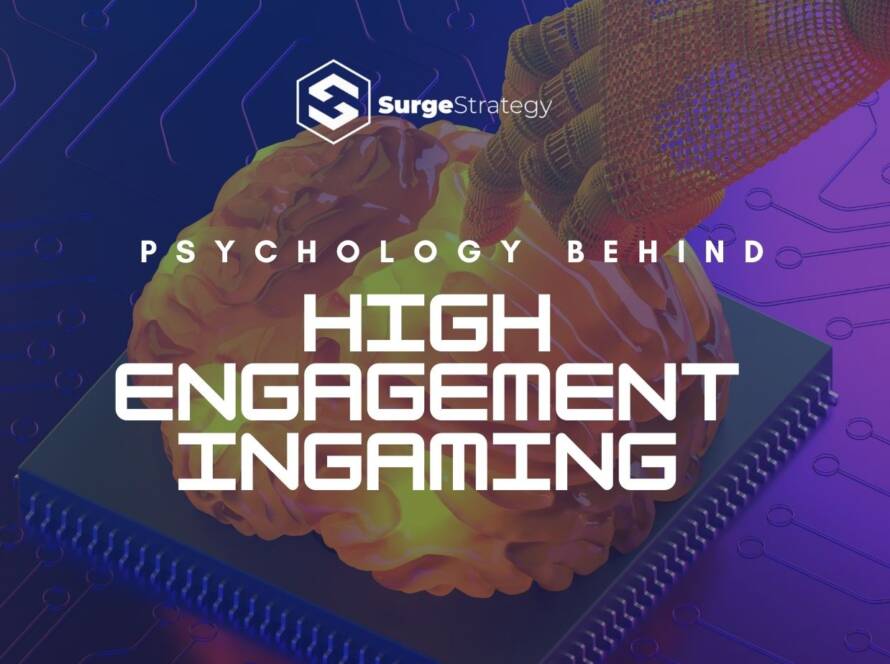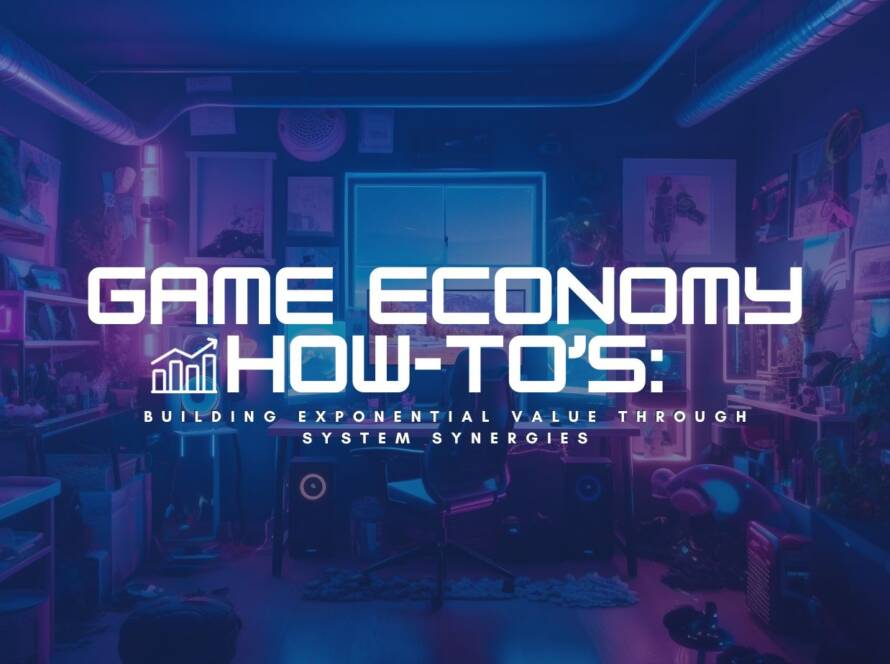Part 2 – The bottom-up simulation model
While the top-down economy model anchors itself in the abstraction of needs, strategy and products requirements, the bottom-up simulation model is the realization/concretization of it, centering around player’s experience.
- In this part of economy design, every system (sinks, faucets and any in-between containing relevant economic transactions) is modeled independently and mostly balanced with itself with specific goals on the feelings that it should convey (difficulty/reward spikes, progression curves…).
- If linked to a Top-Down Model, it should already has some basic target values that serve as a guideline considering the role (input, outputs) of that system within the full economy.
- Data entry should be formatted in a way that it is either the same as the game’s source files or built to be easily exported in the right format, to simplify iterative testing.
- Once the systems are modeled, they are tied together within a simulation model.
- That simulation model needs to, at the right level of detail for the game’s complexity and needs (day-by-day, session-to-session, level-to-level or action-to-action) track the progression and flow of resources of an AI player playing the game.
- The simulation should cover different types of personas, with different play and spending patterns, as well as skill levels.
Why simulating the game economy is important?
- Independent system design or top-down modeling fail to capture all the complex synergies and interactions between each system.
- Furthermore, these systems may have different impacts on a player’s experience at different times of their experience.
- A more complete simulation that integrates all the system with realistic inputs and outputs is the best way to visualize the full game economy.
- It allows us to see limitations, blocks and constraints that would be otherwise invisible due to the overall complexity of the game.
- Economy modeling is always done with a very controlled, “perfect” player experience in mind at a top-level. In real life, multiple factors will impact a player’s progression, like inconsistent play times and interactions with systems, suboptimal or ultra optimized game play, luck, failures, spending behaviors, and skills variations. It also allows us to see how players taking different choices, having different preferences or interests would evolve in their own unique way within the environment.
- This ensures that we have a grasp of the experience of a variety of player types that are relevant for our game and can fine tune them to improve it, improving engagement (and revenues).
- It reveals game or economy breaking scenarios, undesirable pain points or resources imbalances, ensuring the economy is solid enough to be scaled on.
- It offers a view on the fun, frustrating or potentially emotional moments of the game, as well as the perceived value of resources, collectibles, and monetized elements.
- Tracking wins and loss streaks, beating hard challenges, earning a “better” item or character…
- As a realistic representation of the game, it can be used to iterate and test balancing decisions. Live Ops data can be fed into the system to create precise personas, which can be used to have accurate projections on players for any change in the game economy, even before any in-game A/B testing is done.
As we can see, simulation is, as much as modeling the core components of the economy, one of the keys of building a releasing a healthy game in the early stages, balance and improve it – both on the player’s experience point of view and on the product’s revenues. A good game will only be as good as its economy allows it, and a good economy needs the right tools to be maintained, optimized and scaled on, solidifying the game’s success.




